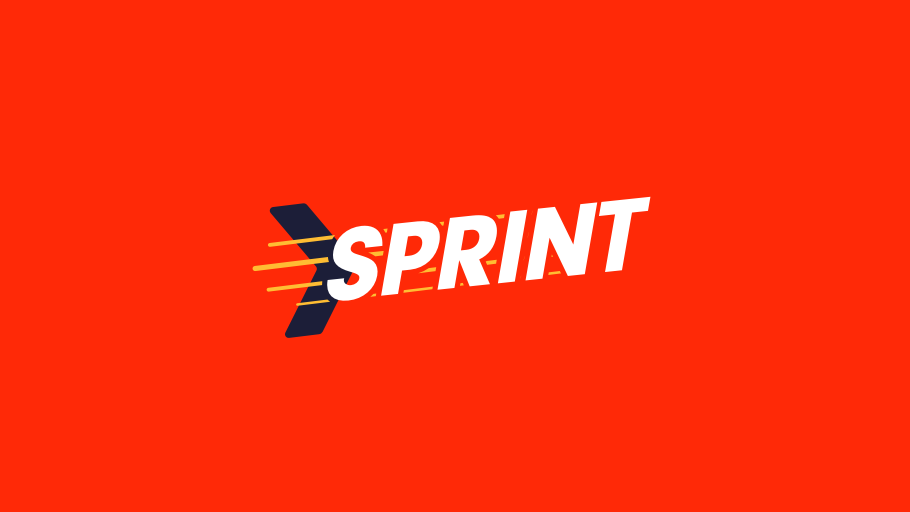Design sprints with solution-focused Design Thinking are the keys to exceptional ROIs.
It’s official: Design Thinking has a huge return on investment for organisations of any size and that means money, not just the soft stuff. Not everyone gets immediately excited by a forty-page Forrester Total Economic Impact™ Study, but a recent report by the technology market research giant for IBM has caused a bit of a stir at Dootrix, mainly because it validates the way of working that we’ve been advocating and operating in our Design Sprints successfully for years.
The report states that, on average, the net benefits were between half a million to one and a half million US dollars per project. Yes, they were surveying Fortune 500 companies, but size is irrelevant here - it’s the process that counts.
The report shows that companies that used Design Thinking methodologies to solve their business problems achieve exceptionally positive results. There are lots of high-quality metrics on improved ‘soft’ outcomes like customer experience and team morale, but just as importantly, radical improvements on harder KPIs like headcount, overheads, failure rates and long-term technical support costs.
Design Early, Design Right
It’s a well-known maxim that it gets progressively more expensive to fix problems, the further on a project progresses, and this report validates our belief in identifying the key issues, and finding the solutions, right at the start.
“A programmatic approach to design and design thinking results in a dramatically faster and more efficient workflow, yielding a massive return on investment.”
Forrester discovered that “Design thinking teams are consistently cutting costs, reducing risks, and ultimately increasing profitability. One health and human services organization slashed the number of defects in their software product by well over 50% through the effective use of design and design thinking.
Test ideas fast and solve critical business problems. Contact us to find out more>>>
The clearest financial impacts were achieved by eliminating waste and streamlining processes, and were accompanied by an increase in employee productivity and reduced overheads.
Companies practicing a design thinking approach also saw better collaboration, more aligned teams, and clearer prioritization of their business strategy. Ultimately, businesses are finding this increased alignment leads to lower risk of project failure.
This was essential to one financial services company, “You actually reduce risk with design thinking by validating your idea [with users] and whether the solution you build will actually hit the mark and solve the problem. With traditional techniques, you have much more risk of discovering necessary changes too late.”
“It is essential to identify, design, and build solutions that effectively solve users’ problems. Organizations must prioritize and invest in the creative design process to avoid expensive delays, gain competitive advantage, deliver exceptional customer experiences, and uphold employee morale. If a team discovers and recommends a redesign or pivot, the business would be wise to listen”





